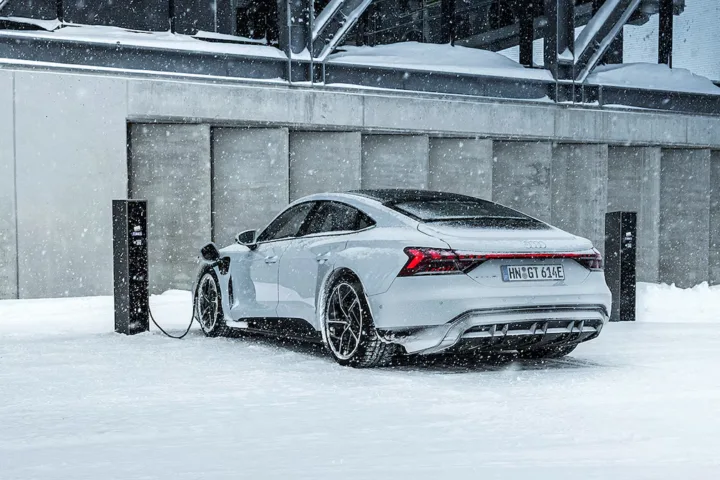They solved the problem of charging electric vehicle batteries in winter
During the cold season, the charging time for electric vehicles at stations can increase significantly. American researchers have now come up with a solution to this proble vas expansiune febi pret.

According to many studies, the high prices and insufficient range of electric cars are the main factors hindering their sales. But there are other obstacles that are currently pushing many people away. One of them is the charging time. Depending on the model and the battery charge level, you will have to hang at a fast charging station for at least 20-30 minutes until the battery is charged to 80 percent or more. In winter, when temperatures are below zero, however, it can take significantly longer for the battery to be fully charged. Researchers in the US have now developed technology that aims to eliminate this problem.
A new battery manufacturing process that should be easy to implement
Engineers at the University of Michigan say they have developed a process for manufacturing electric vehicle batteries that allows them to charge five times faster at temperatures as low as -10 degrees Celsius. The new manufacturing technology is expected to be relatively easy for automakers to implement. “We envision this approach as something that electric vehicle battery manufacturers could adopt without making major changes to their existing plants,” explains Neil Dasgupta, a professor of mechanical engineering and materials science at the University of Michigan and a co-author of the study.
Chemical layer prevents faster charging in cold weather
According to a press release, the researchers identified a chemical layer that forms on the surface of the electrode as a result of the reaction with the electrolyte, which leads to a reduced charging rate in cold weather. Dasgupta compares this reaction to oil: you can cut it with a knife whether it is hot or cold, but when it is cold, it is much more difficult. If you try to charge quickly through this layer, lithium will be deposited on the anode. The lithium coating prevents the entire electrode from charging, which in turn reduces the energy capacity of the battery.
The solution: The researchers found a way to prevent this surface layer from forming. To do this, they coated the battery with a glassy material made of lithium borate carbonate that was about 20 nanometers thick. This coating significantly accelerated charging in cold weather. Combined with a specially treated electrode, the test cells charged 500 percent faster at sub-zero temperatures.
- 2025-04-19 - Dacia 1300: the car that debuted before its prototype Renault 12
- 2025-04-17 - ADAC: electric cars break down less than internal combustion cars
- 2025-04-16 - Audi also introduced the A6 sedan
- 2025-04-15 - It looks like a Lego model, but it's a real car
- 2025-04-14 - New Motorcycles 2025: Moto Guzzi V7 Sport
- 2025-04-13 - New Motorcycles 2025: Triumph Tiger 660
- 2025-04-12 - Volkswagen Passat Variant: 50 years old, but as fresh as ever (TEST)
- 2025-04-11 - Electric revolution in Sofia: the first Kia EV3 in the Yellow fleet!
- 2025-04-10 - 83-year-old crashes Lamborghini Countach
- 2025-04-09 - Used Ford models: Ford Kuga












